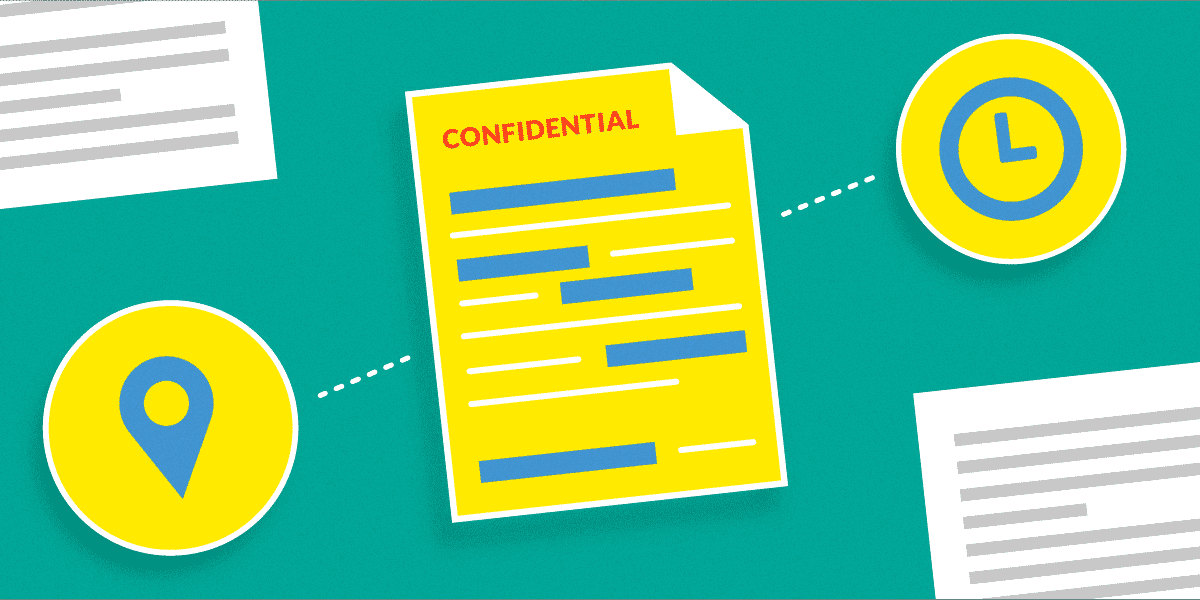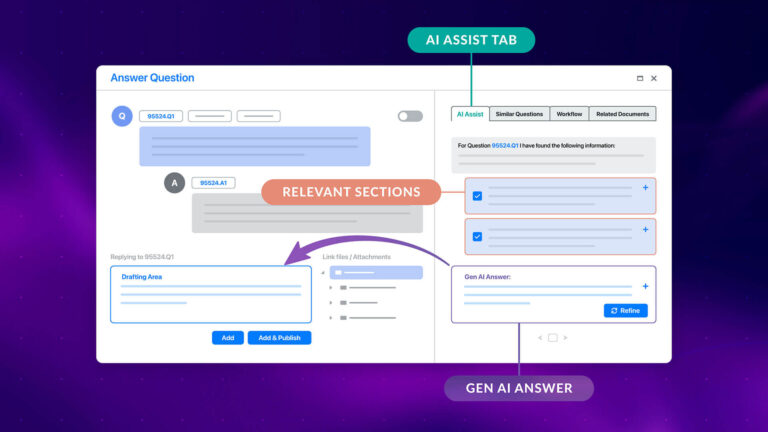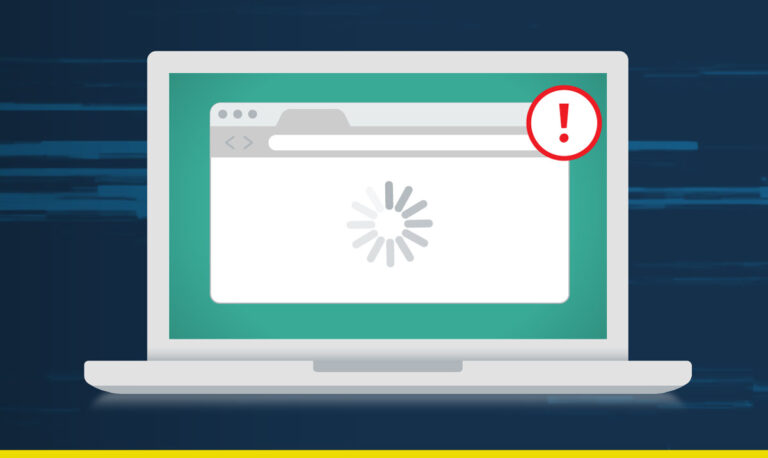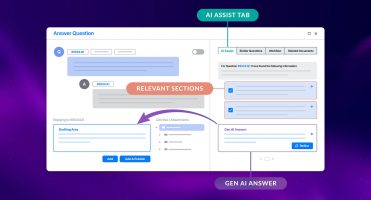During M&A Due Diligence, prior to releasing all information to the buy-side, sellers often need to redact certain sensitive information to protect confidential or proprietary data (see part 1 of our series – Why redaction is so important).
Even with smaller sized transactions, the redaction process can be a lengthy and painful task which can become error prone when done under time pressure.
The seller has a few options – they can outsource the exercise to a third party, they can do it themselves manually, or ideally, they can utilise redaction software that’s available within their virtual data room (VDR).
Using a redaction tool within a VDR offers distinct advantages over other processes. Sellers can benefit from the logistical simplicity of using a redaction tool that’s located in the same place as the documents. Not to mention that using a redaction tool situated within a data room reduces the need for moving documents between systems which is not only beneficial for time saving but also massively increases the security of those documents. Here are some specific benefits of utilising a redaction tool within a VDR compared to alternative methods:
Reduction in document transfers

Traditional redaction processes often involve downloading documents, performing redactions offline, and then uploading the modified versions to a VDR. This time-consuming and error-prone process can be eliminated by using a redaction tool within a VDR. The tool operates directly within the data room, allowing users to redact without the need for downloading or uploading documents to multiple different platforms. This streamlined workflow saves significant time, reduces security risks, and improves overall efficiency.
Secure data sharing

Redaction tools within data rooms provide a secure environment for sharing documents while ensuring that sensitive information remains protected. State-of-the-art VDRs employ advanced encryption techniques and access controls to safeguard data during transit and storage, minimising the risk of interception or unauthorised access. Traditional methods of redaction often involve printing or emailing documents, which increases the risk of unauthorised access or data leakage. In a VDR, the redaction tool operates within a secure digital environment where access can be tightly controlled. Administrators can assign specific permissions to users, allowing them to view redacted documents while ensuring that sensitive information remains protected.
Seamless collaboration and communication
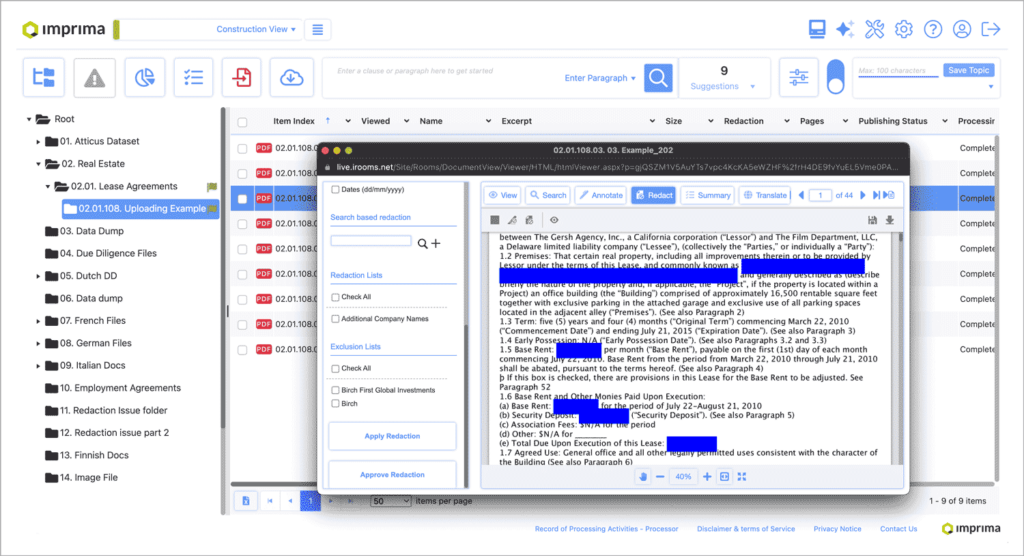
Redacting sensitive information often involves collaboration among multiple parties, including legal teams, financial advisors, or regulatory consultants. Using a redaction tool within a VDR facilitates seamless collaboration and communication within a secure environment. Users can securely share redacted documents, exchange comments, and work together in real-time, eliminating the need for time-consuming back-and-forth exchanges or physical meetings. Additionally, redaction administrators can redact on the fly, meaning that they can more easily adapt to any last-minute redactions that might need to be added.
By leveraging data room redaction tools, M&A professionals can benefit from increased efficiency, control, collaboration, and comprehensive document management compared to traditional redaction methods. The combination of secure access and streamlined processes contributes to a smoother and more secure deal-making experience while protecting sensitive information throughout the M&A process.
Are you looking for a VDR with fully integrated redaction software which leverages AI? Speak to our sales team or check out our Smart Redaction page here.
